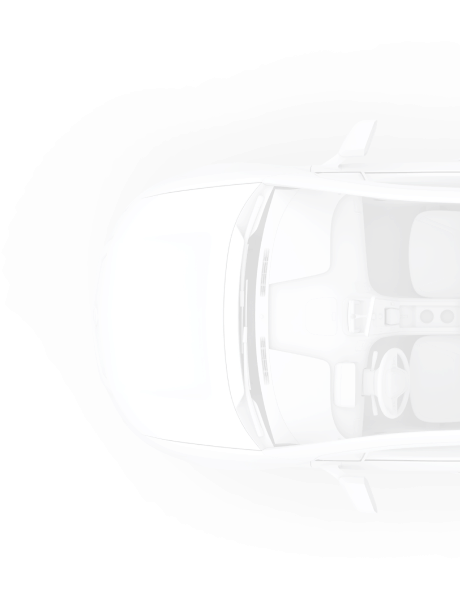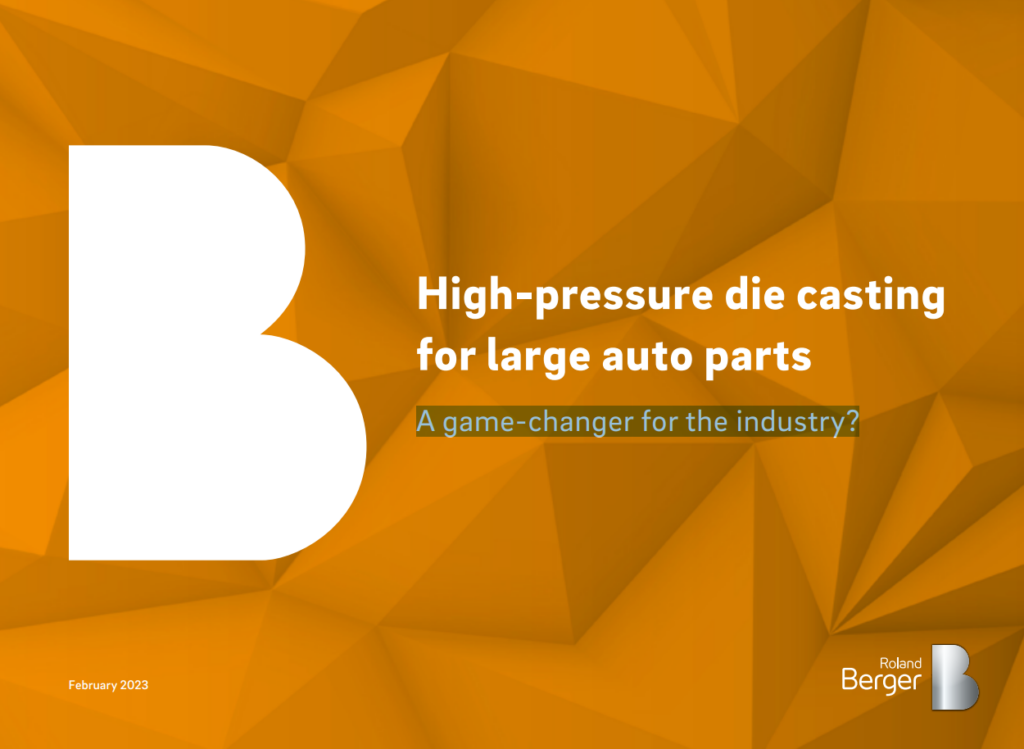The HPDC process, in which molten metal is injected into a mold under high pressure, is a common technology in the automotive industry for producing small to medium-sized aluminum castings with low design complexity. In traditional body construction, a large number of single parts are joined together using reliable joining techniques such as welding, bonding and riveting. This construction method has proved its worth and has been developed into a proven process over many years. Moreover, the use of aluminum die casting revolutionizes body shop design. For example, new cars such as the Tesla Model Y, the Maserati Grecale SUV and the next generation of Volvo electric vehicles, as well as some Chinese manufacturers, are breaking with convention. Nevertheless, large castings contribute to a significant reduction in the complexity of operational processes. HPDC can also reduce production complexity, lower capital expenditure and minimize space requirements.

High-pressure die casting for large auto parts
